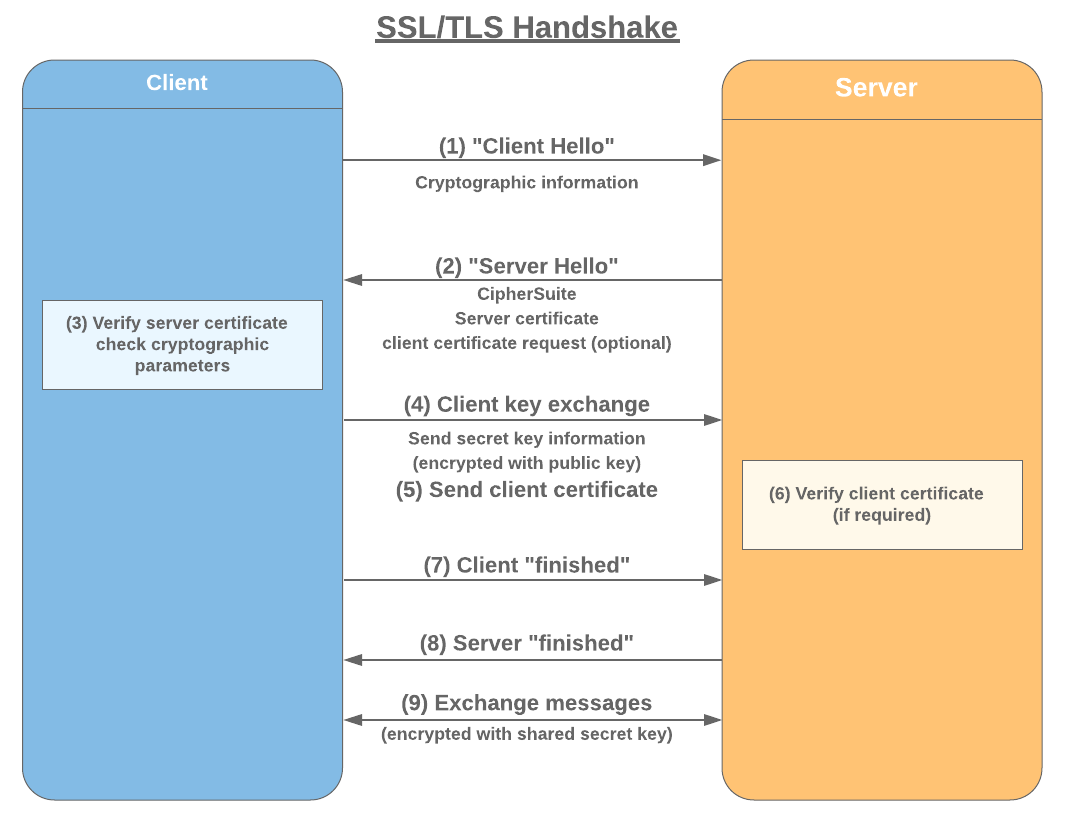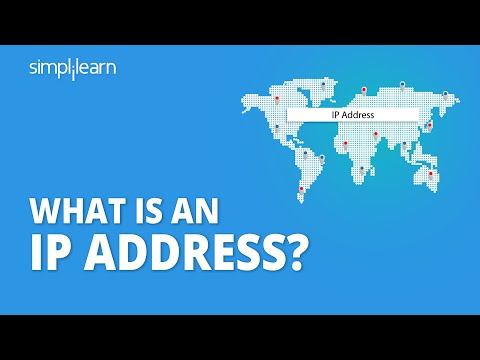
cPanel hosting is a great choice for web hosting. It is a web-hosting control panel that was developed by cPanel, LLC. It provides website owners with automation tools and a graphical interface. It makes hosting your website a very simple process by allowing you to administer your site using a standard web browser. cPanel has three tiers.
cPanel hosting
cPanel offers a web-based control panel software for web hosting. It has a user interface with graphics and automation tools. It's designed to simplify hosting for website owners. It can be managed using a standard browser. It features a three-tier structure which makes it easy to manage and monitor your website.
cPanel provides many features webmasters will love, such as an intuitive interface to install web apps and CMS addons. It also allows webmasters to manage their data and files. It can be used to manage multiple domains. This is a great feature for webmasters with multiple sites. Users can manage email, passwords, encryption levels, and install firewalls or security plug-ins.

cPanel control panel
The cPanel control platform is a web host control panel. It was developed by cPanel, LLC. This control panel offers an intuitive graphical user interface and automation tools for managing your website. It has a three-tiered structure which makes managing your website simple and easy.
The cPanel control center offers many functions. Click the appropriate menu to access them. To move files, select them and enter the new path. Click "Move File(s). Be aware that modifying cPanel folders can cause server issues. You can also edit certain areas of your dashboard, change passwords, or add new cPanel users.
Cost of cPanel hosting
Users are outraged at the recent price rise for cPanel. The new pricing structure which requires monthly subscription fees is meant to make adding new servers simpler and more affordable. It's not clear how this new policy will impact them.
The cost of cPanel hosting depends on several factors, including how much space you need to store your website's files. If you have a large website, you'll need more storage. The type of website you are trying to build will determine the amount of storage that is available. An eCommerce website will require many resources, tools, as well as storage space. SSD storage is also a necessity. Your chosen cPanel plans will allot specific amounts for your website's files.

Comparing cPanel hosting with other control panels
The control panel cPanel is used widely for hosting websites. Webmasters like its many online resources. DirectAdmin is limited in functionality and has a prohibitive price for expansion. However, cPanel offers unlimited expansion potential. Advanced users can also customize the panel to increase its features.
cPanel has a rich feature set and is also free and open-source. These panels have been developed by the community that supports these alternative solutions. The layouts and compatibility of each panel differ depending on which software they are compatible with. cPanel works only with Linux platforms. The alternatives to cPanel include both graphical user and server management interfaces called WHM. These control panels' interfaces can be interconnected and made for developers as well as beginners.
FAQ
What types of websites should you make?
Your goals will determine the answer to this question. To build a business around your website, you may want to focus on selling products online. This can only be achieved by building a solid eCommerce website.
Blogs, portfolios, as well as forums are some other popular web types. Each of these requires different skills and tools. If you are looking to start a blog, then you need to know about blogging platforms like WordPress and Blogger.
You will need to decide how to customize your website's look when you select a platform. There are many templates and themes that are free for each platform.
Once you have decided on a platform, you are able to start building your website by adding content. Images, videos, text, and other media can all be added to your pages.
You can publish your website online once you have launched it. Once published, visitors can view your site in their browsers.
What does it mean to be a UI designer
A user interface (UI), designer is responsible for designing interfaces to software products. They design the visual elements and layout of an application. Graphic designers may also be part of the UI designer.
The UI Designer must be able to solve problems and understand how people use computers.
A UI designer should be passionate about technology and software development. From developing ideas to implementing them into code, a UI designer must be able to comprehend all aspects of the field.
They should be able use a variety of tools and techniques to create designs. They should be able problem solve and think creatively.
They should be detail oriented and organized. They should be able develop prototypes quickly, efficiently and accurately.
They should be comfortable working alongside clients large and small. They should be able and willing to adapt to different situations and environments.
They must be able communicate with others effectively. They should be capable of communicating clearly and concisely.
They should be well-rounded, with strong communication skills.
They must be driven and motivated.
They should be passionate about their craft.
How do I design a website.
Understanding your customers' needs is the first step. What are your customers looking for?
What kind of problems can they have if they cannot find what they want on your site?
This knowledge will help you to identify the problems and then solve them. It is also important to ensure your site looks great. It should be easy-to-use and navigate.
You should have a well-designed website. It shouldn't take too much time for it to load. People won't stay as long if it takes too long to load. They will move on to something else.
If you want to create an eCommerce site, think about where all of your products are located. Are they all in one location? Are they all in one place?
You need to decide whether you want to sell one product at once or many different types of products. Are you interested in selling one type of product? Or multiple types?
You can start building your site when you've decided on these questions.
Now it is time to focus on the technical side. How will your site operate? Is it fast enough? Can they access it quickly via their computers?
Will people be able to buy something without having to pay extra? Do they need to register in order to buy anything?
These are important questions that you must ask yourself. Once you know the answers to these questions, you'll be ready to move forward.
Can I make my website using HTML and CSS?
Yes! Yes!
Now that you are familiar with how to create a website's structure, you will also need to be familiar with HTML and CSS programming.
HTML stands to represent HyperText Markup Language. It is similar to writing a recipe. You'd list the ingredients, instructions, along with directions. HTML is a way to tell a computer which parts are bold, underlined, italicized or linked to other parts of the document. It's the language for documents.
CSS stands for Cascading Style sheets. It is like a stylesheet that you use to create recipes. Instead of listing out each ingredient and instruction, you write down general rules for things like font sizes, colors, spacing, and more.
HTML tells a browser how to format a webpage; CSS tells a browser how to do it.
You don't have to be a prodigy if you don’t get the terms. Follow these tutorials to create beautiful websites.
What is a static site?
A static site is one that stores all content on a server. Visitors can access the website via web browsers.
The term "static", as it is sometimes called, refers not to dynamic features such changing images, videos, animations, etc.
This site was originally intended for corporate intranets. However it has since been adopted and modified by small businesses and individuals who require simple websites without complex programming.
Static sites have become increasingly popular because they require less maintenance. Static sites are easier to maintain and update than fully-featured websites with multiple components (such as blogs).
They also load quicker than their dynamic counterparts. This makes them great for those who have slow Internet connections or users with mobile devices.
In addition, static sites are more secure than their dynamic equivalents. You can't hack into a static site. Hackers only have access to the data that resides inside a database.
Two main methods can be used to create a static site:
-
Use a Content Management System (CMS).
-
Creating a Static HTML Website
It depends on what your needs are. If you're new to creating websites, I recommend using a CMS.
Why? Because it allows you to have full control over your website. You don't need to hire someone else to help you set it up. Upload files directly to the CMS.
You can still learn to code and make a static website. It will take some time to learn to program.
Can I use a framework or template on my website?
Yes! A lot of people use prebuilt templates or frameworks to create websites. These templates have all the code you need to display your information on your website.
These templates are the most in-demand:
WordPress - The most popular CMS
Joomla – Another popular open-source CMS
Drupal - A large-scale enterprise solution that large businesses use
Expression Engine – A Yahoo proprietary CMS
You will find hundreds of templates for each platform. So it shouldn't be hard to choose the right one.
Is WordPress a CMS?
Yes. It's called a Content Management System. Instead of using Dreamweaver or Frontpage, a CMS lets you manage your website content directly from your web browser.
WordPress's best feature is its free pricing! Hosting, which is usually provided by your ISP, is free.
WordPress was originally created to be a blogging platform. But WordPress now offers many more options, such as eCommerce sites or forums, membership websites and portfolios.
WordPress is simple to install and configure. To install WordPress, you will need to download the installer file from their website. Once it is downloaded, upload it to your server. You can then visit your domain name using your web browser to log in to your new website.
After installing WordPress you will need to create a username/password. Once you've logged in, you'll see a dashboard where you can access all of your settings.
Here you can add pages and posts, images, menus, widgets and plugins. You may skip this step if you feel comfortable editing and creating content.
You can also hire a professional web design firm to help you with the whole process.
Statistics
- Is your web design optimized for mobile? Over 50% of internet users browse websites using a mobile device. (wix.com)
- Studies show that 77% of satisfied customers will recommend your business or service to a friend after having a positive experience. (wix.com)
- The average website user will read about 20% of the text on any given page, so it's crucial to entice them with an appropriate vibe. (websitebuilderexpert.com)
- It's estimated that chatbots could reduce this by 30%. Gone are the days when chatbots were mere gimmicks – now, they're becoming ever more essential to customer-facing services. (websitebuilderexpert.com)
- At this point, it's important to note that just because a web trend is current, it doesn't mean it's necessarily right for you.48% of people cite design as the most important factor of a website, (websitebuilderexpert.com)
External Links
How To
Drupal 7 Web Design Guide
Drupal is one of most well-known Content Management Systems (CMS), available today. It was developed in 2003 by Dries buytaert of Belgium. Its name is derived from Dirk Buijtewaard's first and last names, Pierre d'Herbemont. Drupal was made open-source in 2005. Since then, many versions have been released. Today, Drupal is used by many websites and companies around the world.
Drupal is a popular choice for website owners because of several reasons. First, it is free to download and install. It's easy to customize and extend. It is well-documented. It also provides excellent support via forums and IRC channels. It can also be extended with modules. Sixth, it supports multiple language versions. It is also easily customizable. Eighth, it's scalable. Ninth, it's secure. Tenth, it is reliable. Finally, Drupal is supported by the entire community. Drupal is the perfect choice for your next projects because of these features.
You may wonder what Drupal is different from other CMS systems. It's simple. Drupal is an open source content management system. Drupal is completely open-source and freely available for download. Drupal allows you to have full control of your website. You can add pages and remove them.
Drupal is the best option if you lack technical skills but want to build a website. You don't need programming knowledge to create your website. You only need to know how Drupal works. Then you will be able to modify your website according to your needs.
Drupal offers many plugins and themes that can be used to enhance your site's functionality. These plugins can be used to improve your site's functionality. You can use Contact Form to gather visitor information. Google Maps can be used to display maps on your site. Drupal includes thousands of premade templates. These templates will give your website a professional appearance.
Drupal's flexibility is another advantage. Drupal supports many different modules, so you can easily add or remove them from your website without worrying about compatibility. If you're looking to integrate social networking into your site, you can do this quickly. You can also set up RSS feeds, e-mail subscriptions, and more.
Drupal can also be customized. Drupal can be customized with custom fields and forms. You can also manage users. You can also create complex layouts with Drupal.
Drupal is reliable and robust. It is stable and scalable. It is also very secure. Drupal is a great web development platform.